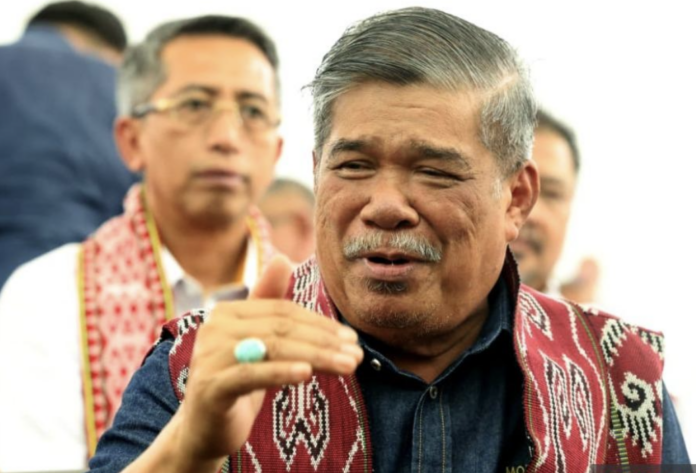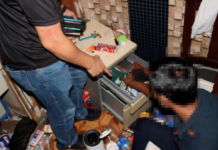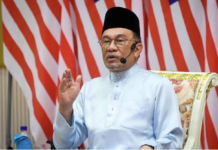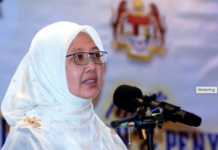SIMANGGANG (Sarawak), Feb 9 – The Ministry of Agriculture and Food Security (KPKM) has set the floor price for padi purchase in Sabah and Sarawak at RM1,300 per tonne starting from Feb 15.
Its minister Datuk Seri Mohamad Sabu said the decision was made to increase the country’s rice production and standardise the floor price of padi purchases in both states with the Peninsula.
“At present, the price of padi purchase in Sabah and Sarawak is relatively low, around RM900 to RM1,100 (per tonne). This determination can help increase farmers’ income and encourage them to increase rice production,” he said.
He said this when speaking at a ceremony during a visit to Jelapang Padi Batang Lupar at Dewan Nangkai Stumbin on Thursday. Also present were his deputy Datuk Arthur Joseph Kurup; Sarawak Deputy Minister of Food Industry, Commodities and Regional Development Datuk Dr Abdul Rahman Ismail; and Sri Aman Development Agency (SADA) chairman Datuk Seri Rohani Abdul Karim.
Mohamad said for the long term, the government needs to strengthen the nation’s food security by focusing on expanding rice cultivation areas in Sabah and Sarawak by expanding the Ala Sekinchan Large-Scale SMART Padi Field Programme (SMART SBB) nationwide.
“The SMART SBB programme in Sarawak has been implemented on a pilot basis under the supervision of the Batang Lupar Integrated Agricultural Development Area (IADA) with strategic collaboration with Padiberas Nasional Berhad (BERNAS) and Advansia (Sarawak) Sdn Bhd involving an area of 72 hectares in Tanjung Bijat, Sri Aman starting from the off-season of 2021.
“A total of 202 farmers have dared to embrace this change and innovation. The variety of padi used under the SMART SBB programme in Batang Lupar is MR269, a product of the Malaysian Agricultural Research and Development Institute (MARDI) specially imported from the Peninsula.
“This project has recorded a very encouraging average net harvest performance in the second season of 2023, with 5.5 tonnes per hectare compared to 2.8 tonnes per hectare previously,” he said.
He added that the government’s target to increase the National Rice Self-Sufficiency Level could reach 80 percent by 2030 compared to the current achievement of 62.6 per cent.
















